- Araliaceae
- Asteraceae
- Campanulaceae
- Caryophyllaceae
- Elaeagnaceae
- Ephedraceae
- Gentianaceae
- Ginkgoaceae
- Guttiferae
- Labiatae
- Leguminosae
- Liliaceae
- Magnoliaceae
- Malvaceae
- Oleaceae
- Orchidaceae
- Orobanchaceae
- Palmae
- Poaceae
- Polygalaceae
- Ranunculaceae
- Rutaceae
- Sarraceniaceae
- Schisandraceae
- Scrophulariaceae
- Solanaceae
- Taxaceae
- Theaceae
- Thymelaeaceae
- Umbelliferae
- Valerianaceae
- Zingiberaceae
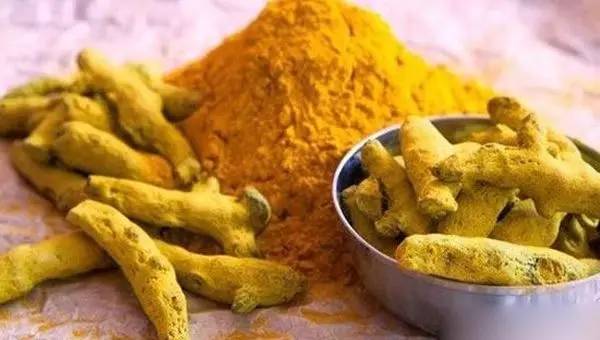
Curcuma
- Introduction
- Published data
- Download
Curcuma belongs to the Zingiberaceae family. For centuries, the rhizomes of three species, Curcuma phaeocaulis, C. kwangsiensis and C. wenyujin, and their preparations have been widely used in folk medicine against skin diseases and colic inflammatory disorders.
Pubulications:
1. Xiang Z, Wang X, Cai X, et al. Metabolomics study on quality control and discrimination of three Curcuma species based on gas chromatograph–mass spectrometry[J]. Phytochemical Analysis, 2011, 22(5): 411-418.
2. Lee J, Jung Y, Shin J H, et al. Secondary metabolite profiling of Curcuma species grown at different locations using GC/TOF and UPLC/Q-TOF MS[J]. Molecules, 2014, 19(7): 9535-9551.
Details:
http://herbalplant.ynau.edu.cn/index.php?m=content&c=index&a=show&catid=100&id=211

Zingiberis Rhizoma
- Introduction
- Published data
- Download
Ginger (Zingiberis Rhizoma), which is derived from the dried rhizomes of Zingiber officinale Rosc., is frequently used in cooking worldwide, especially in Southeast Asia, India and China. Biological research demonstrates that ginger 80 has multifaceted health care functions, including antioxidant, anti-inflammatory,
81 anti-tumorigenic and hypoglycemic activities.
Pubulications:
Wu C Y, Kong M, Zhang W, et al. Impact of sulphur fumigation on the chemistry of ginger[J]. Food chemistry, 2018, 239: 953-963.
Details:
http://herbalplant.ynau.edu.cn/index.php?m=content&c=index&a=show&catid=100&id=210

Valeriana L
- Introduction
- Published data
- Download
The genus Valeriana L. belongs to Caprifoliaceae (honeysuckle family), and includes approximately 250 perennial herbaceous species with malodorous root stalks, and grows in temperate areas around the world. These species have been used as mild sedatives and tranquilizers in traditional medicine in various cultures since ancient times. The rhizomes and roots are thought to induce sedation, promote sleep, and relieve depression and anxiety. Species of Valeriana are also used in the food, beverage, and cosmetic industries because of their unique flavor.
Pubulications:
Park Y J, Arasu M V, Al-Dhabi N A, et al. Expression of terpenoid biosynthetic genes and accumulation of chemical constituents in Valeriana fauriei[J]. Molecules, 2016, 21(6): 691.
Details:
http://herbalplant.ynau.edu.cn/index.php?m=content&c=index&a=show&catid=100&id=209
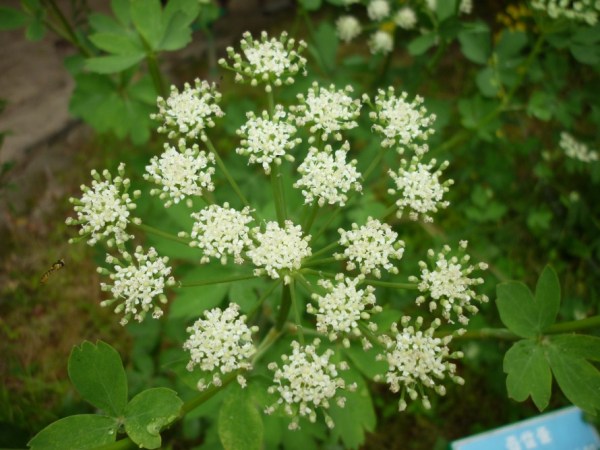
Peucedani Radix
- Introduction
- Published data
- Download
Peucedani Radix (Qian-hu in Chinese), the dried roots of Peucedanum praeruptorum Dunn (Apiaceae), has been widely employed for the treatment of cough with thick sputum and dyspnoea, nonproductive cough and upper respiratory infections for centuries in China. On modern pharmacological models, this herbal drug was highly marked for tracheal and pulmonary arteries relaxant, coronary dilatory, myocardial protective, antitumor-promoting and anti-inflammatory activities, etc.
Pubulications:
1. Song Y L, Jing W H, Chen Y G, et al. 1 H nuclear magnetic resonance based-metabolomic characterization of Peucedani Radix and simultaneous determination of praeruptorin A and praeruptorin B[J]. Journal of pharmaceutical and biomedical analysis, 2014, 93: 86-94.
2. Song Y, Song Q, Liu Y, et al. Integrated work-flow for quantitative metabolome profiling of plants, Peucedani Radix as a case[J]. Analytica chimica acta, 2017, 953: 40-47.
Details:
http://herbalplant.ynau.edu.cn/index.php?m=content&c=index&a=show&catid=100&id=208
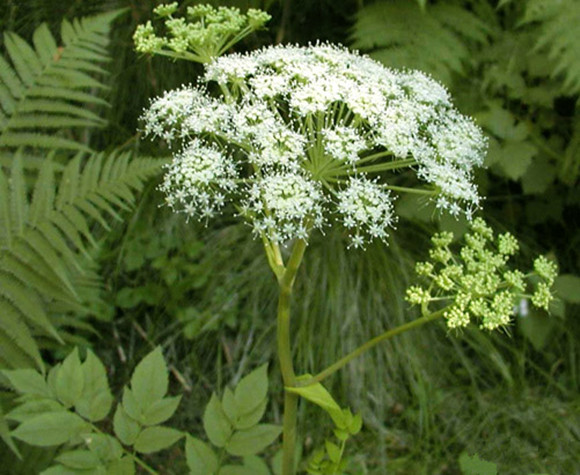
Pericarpium Citri Reticulatae
- Introduction
- Published data
- Download
Tangerine is one of the most popular fruits. The flesh could be eaten directly or be juice. The peels could be used as food or herbs. Pericarpium Citri Reticulatae and Pericarpium Citri Reticulatae Viride are both from tangerine peels.
Pubulications:
Yi L, Dong N, Liu S, et al. Chemical features of Pericarpium Citri Reticulatae and Pericarpium Citri Reticulatae Viride revealed by GC–MS metabolomics analysis[J]. Food chemistry, 2015, 186: 192-199.
Details:
http://herbalplant.ynau.edu.cn/index.php?m=content&c=index&a=show&catid=100&id=207
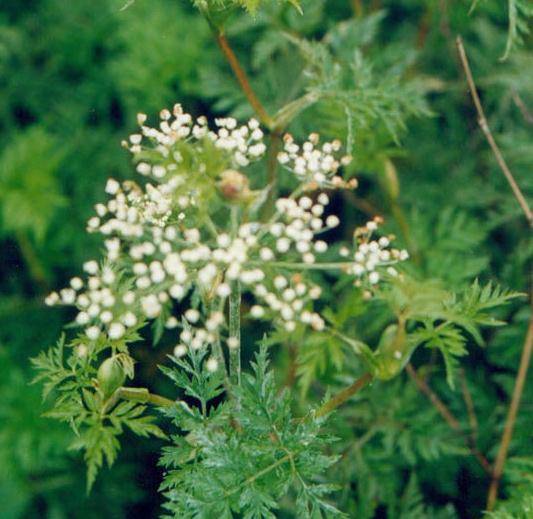
Chuanxiong Rhizoma
- Introduction
- Published data
- Download
Chuanxiong Rhizoma (CR), the dried rhizome of Ligusticum chuanxiong Hort., is a well known traditional Chinese medici nal herb commonly prescribed in combinatorial formula for the treatment of menstrual, cardiovascular and cerebrovascular disorders.
Pubulications:
Zhang X L, Liu L F, Zhu L Y, et al. A high performance liquid chromatography fingerprinting and ultra high performance liquid chromatography coupled with quadrupole time-of-flight mass spectrometry chemical profiling approach to rapidly find characteristic chemical markers for quality evaluation of dispensing granules, a case study on Chuanxiong Rhizoma[J]. Journal of pharmaceutical and biomedical analysis, 2014, 88: 391-400.
Details:
http://herbalplant.ynau.edu.cn/index.php?m=content&c=index&a=show&catid=100&id=206

Radix Bupleuri
- Introduction
- Published data
- Download
Radix Bupleuri (RB), with a Chinese name Chaihu, is derived from the roots of
Buplerum chinense DC. and B. sorznonerifolium Willd (Apiaceae) according to the Chinese Pharmacopoeia. As one of the most popular Traditional Chinese herbal drugs, it has been used for about 2000 years in China for treatment of cold, fever, inflammation, and liver diseases.
Pubulications:
Zhu L, Liang Z T, Yi T, et al. Comparison of chemical profiles between the root and aerial parts from three Bupleurum species based on a UHPLC-QTOF-MS metabolomics approach[J]. BMC Complementary and Alternative Medicine, 2017, 17(1): 305.
Details:
http://herbalplant.ynau.edu.cn/index.php?m=content&c=index&a=show&catid=100&id=205
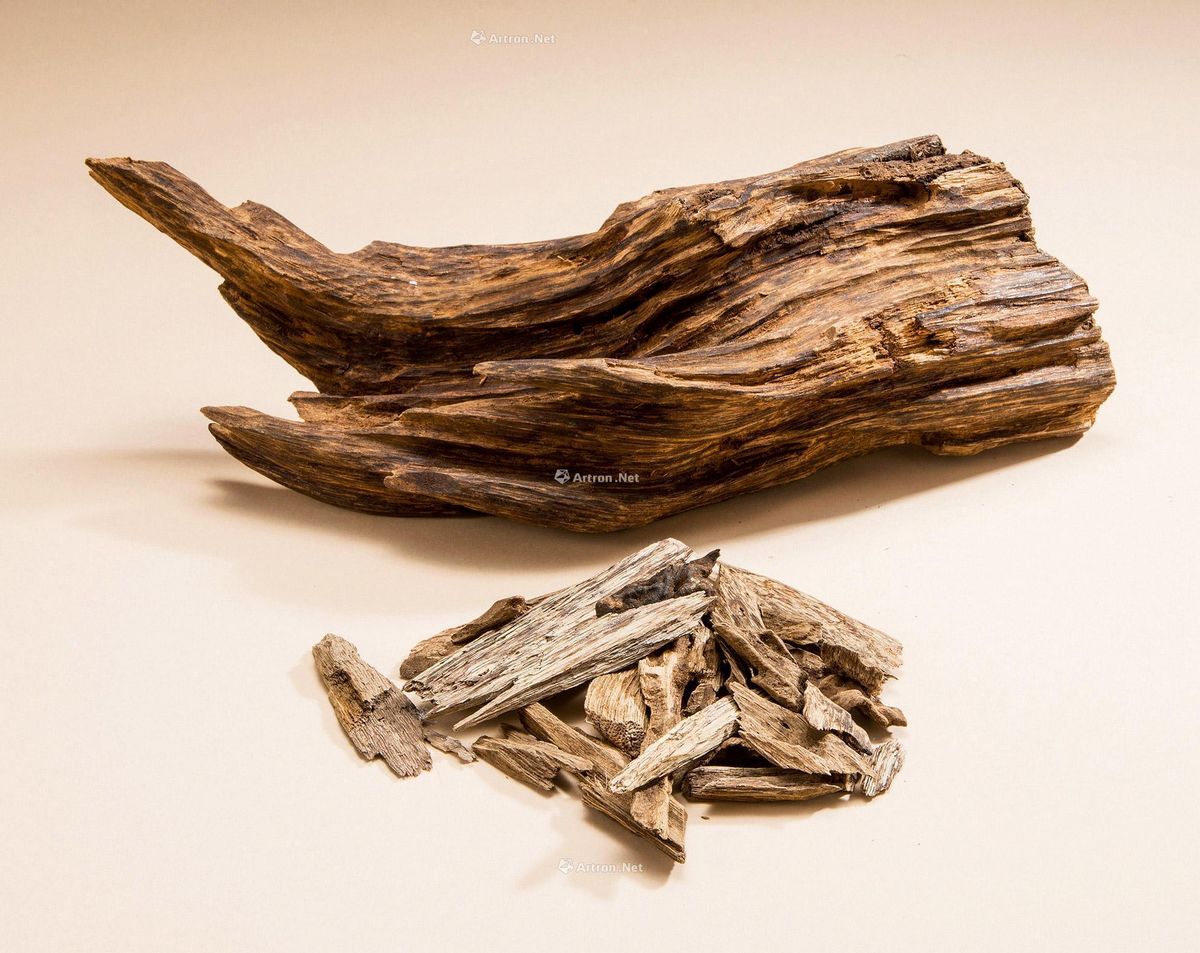
Agarwood
- Introduction
- Published data
- Download
Agarwood, also known as aloeswood or eaglewood in several regions, chen xiang (China), jinkoh or kanankoh (Japan), gaharu or kalabak (Malaysia and Indonesia), krissna (Thailand and Lao), agar (India), and oud (Middle East), is a fragrant resinous heartwood obtained from certain trees belonging to Malvales Thymelaeaceae. It is widely accepted that agarwood was created as a response of the tree to various forms of injury, including natural injuries and artificial injuries.
Pubulications:
Li Y, Sheng N, Wang L, et al. Analysis of 2-(2-Phenylethyl) chromones by UPLC-ESI-QTOF-MS and Multivariate Statistical Methods in Wild and Cultivated Agarwood[J]. International journal of molecular sciences, 2016, 17(5): 771.
Details:
http://herbalplant.ynau.edu.cn/index.php?m=content&c=index&a=show&catid=100&id=204
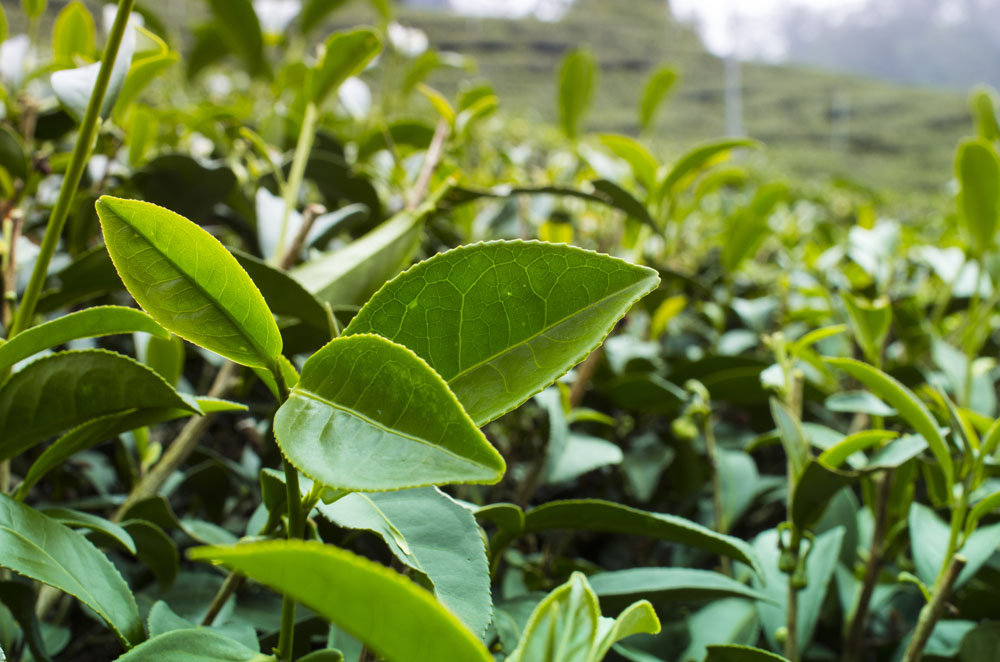
Green tea
- Introduction
- Published data
- Download
Green tea is widely consumed in Asian countries. It has been hypothesized to have a protective effect against the development of gastric cancer, the second leading cause of death from cancer throughout the world. In a variety of animal models, the administration of green-tea extracts or polyphenols inhibits tumorigenesis in several organs, including the stomach.
Pubulications:
Miyauchi S, Yonetani T, Yuki T, et al. Quality evaluation of green tea leaf cultured under artificial light condition using gas chromatography/mass spectrometry[J]. Journal of bioscience and bioengineering, 2017, 123(2): 197-202.
Details:
http://herbalplant.ynau.edu.cn/index.php?m=content&c=index&a=show&catid=100&id=203
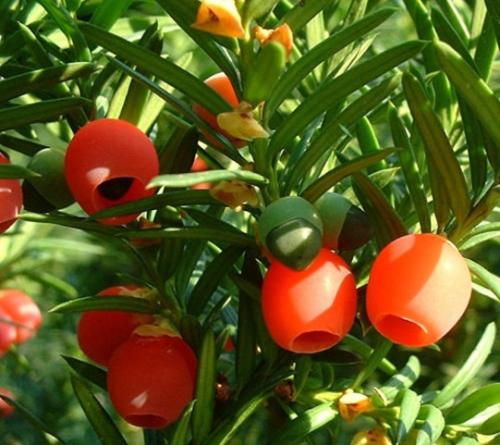
Taxus chinensis
- Introduction
- Published data
- Download
Taxus chinensis var. mairei is an endemic species to southeastern China and one of the natural sources for the anticancer medicine paclitaxel.
Pubulications:
Zheng W, Komatsu S, Zhu W, et al. Response and Defense Mechanisms of Taxus chinensis Leaves Under UV-A Radiation are Revealed Using Comparative Proteomics and Metabolomics Analyses[J]. Plant and Cell Physiology, 2016, 57(9): 1839-1853.
Details:
http://herbalplant.ynau.edu.cn/index.php?m=content&c=index&a=show&catid=100&id=202